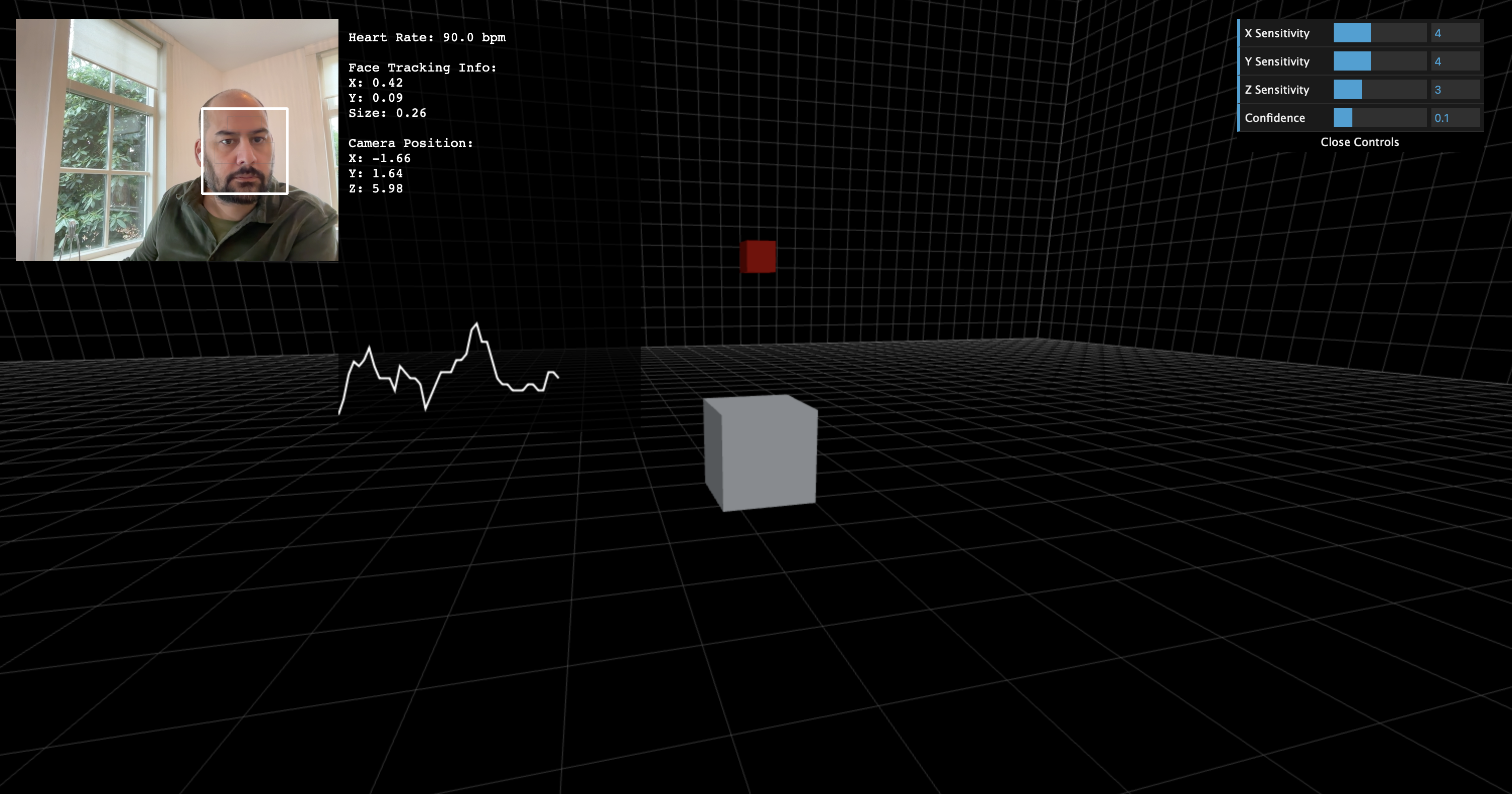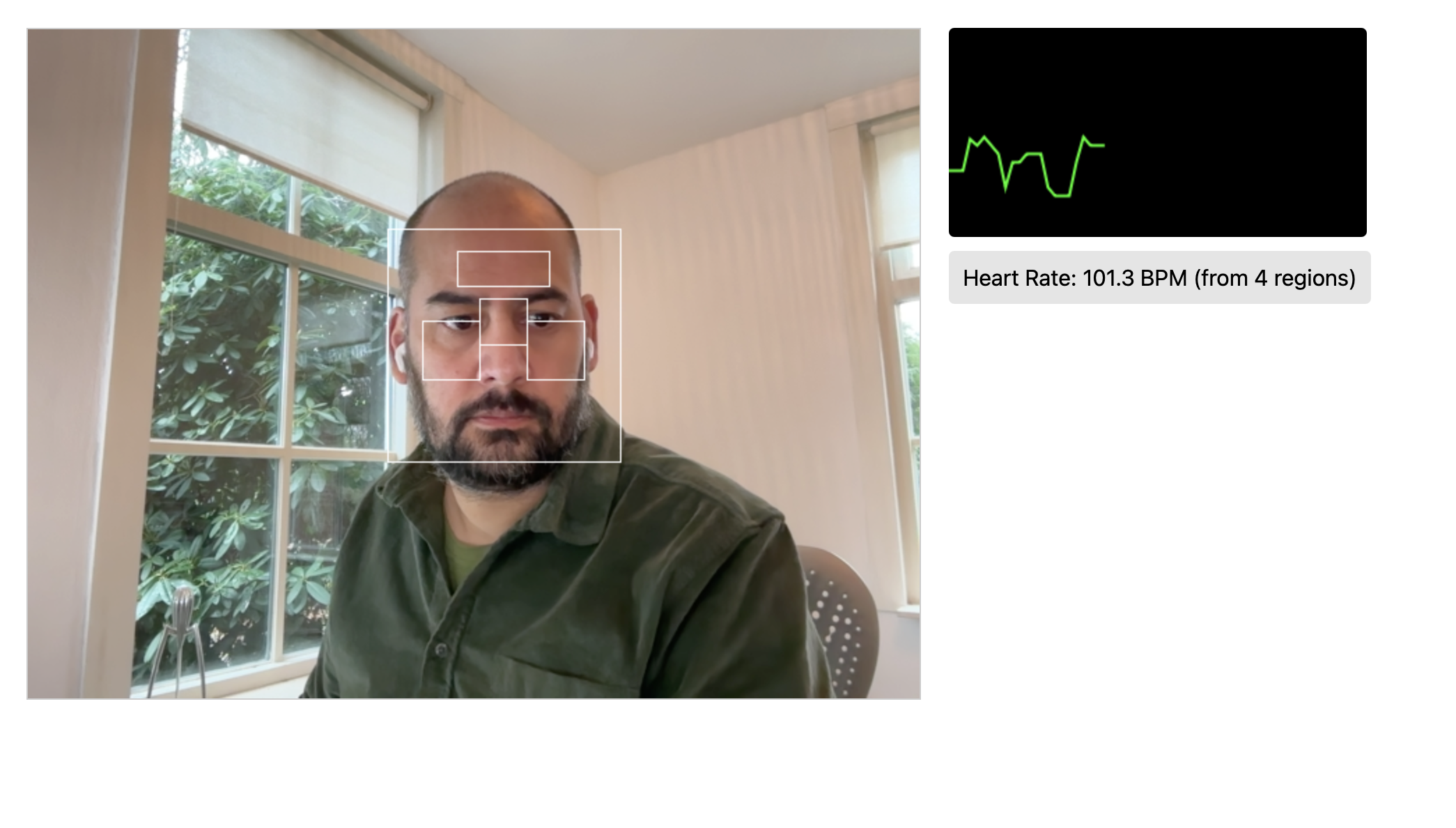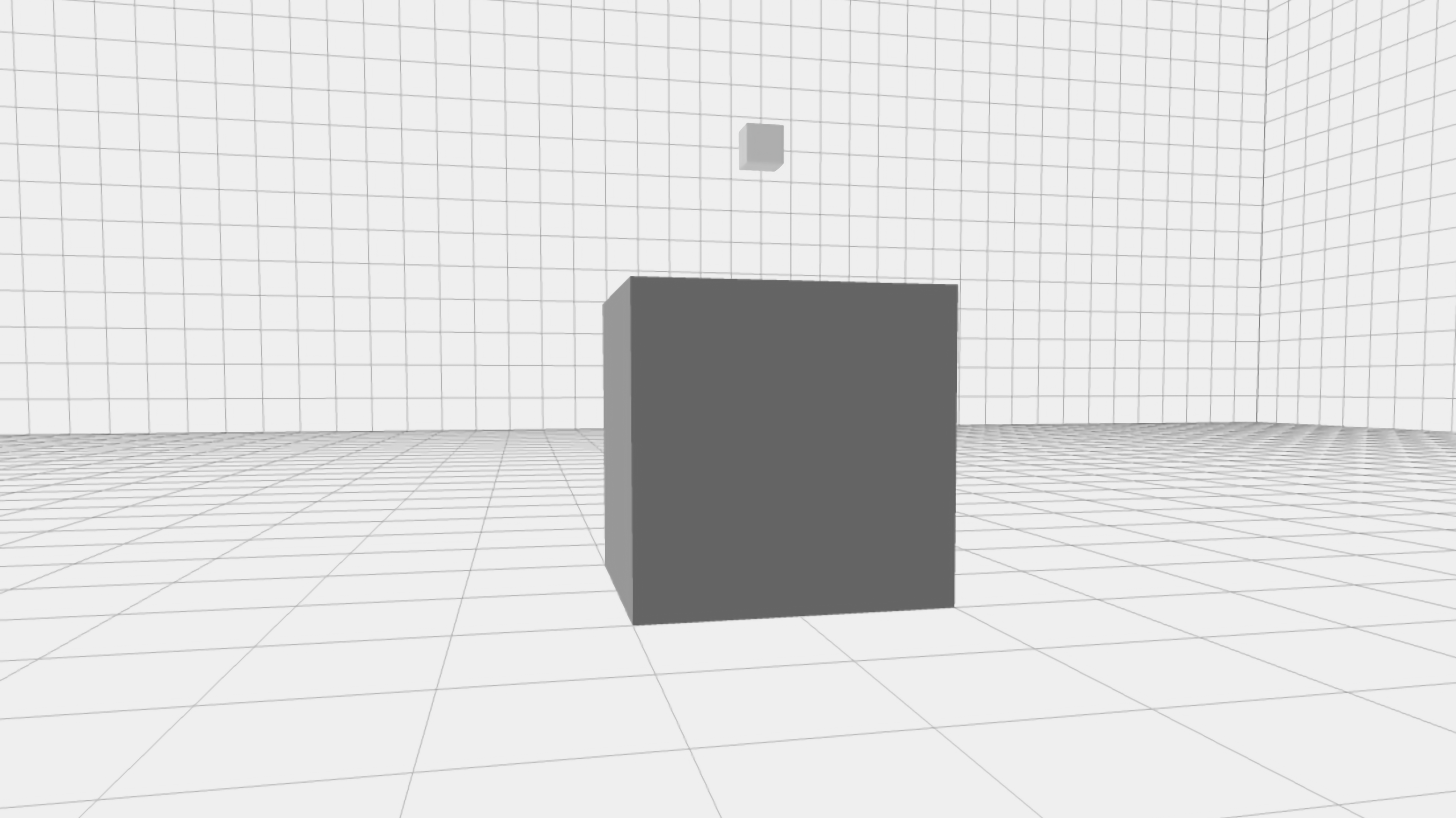Beyond the Horizon: Immersive 3D Interaction
Sixteen years ago, I stumbled upon a captivating video. by Johnny Lee showcasing a 3D interface controlled using a Nintendo Wii controller. Watching him manipulate the perspective of objects on a TV screen with such fluidity ignited a spark within me. While Johnny’s innovative setup demonstrated the potential of intuitive control schemes, it also highlighted certain limitations, such as the reliance on external controllers that could disrupt the natural flow of interaction. This concept lingered in my mind.
Fast forward to today, and the landscape of technology has transformed dramatically. With advancements in computer vision and the accessibility of powerful open-source tools, I began to wonder: Could I bring that early fascination to life using the tools available now? The answer, I believe, is a resounding yes.
Bridging the Past and Present with Modern Technology
The core idea revolves around leveraging a simple setup—just a webcam—and harnessing the power of AI face tracking to create an immersive 3D environment. Using open-source libraries like OpenCV for face tracking and technologies such as WebGPU, I envisioned a system where the user’s face position relative to the center of the screen controls the perspective within a virtual space. Essentially, your face becomes the camera, allowing you to look around a 3D world as if you were physically present, adjusting your viewpoint based on your movements.
Imagine watching a Pixar-style 3D movie where your perspective shifts naturally with your head movements, enhancing the feeling of being part of the story without the need for cumbersome glasses. This approach transforms passive consumption into an interactive journey, where the boundaries between the viewer and the content blur seamlessly.
Johnny Lee’s approach was creative, yet it primarily relied on external controllers, which can sometimes disrupt the natural flow of interaction. By contrast, my approach seeks to create a more seamless and intuitive experience by integrating control directly through facial movements and physiological data—all without requiring any additional hardware. Since most modern laptops come equipped with built-in webcams, this technology is both accessible and easy to deploy in various environments.
The foundation of this project was profoundly influenced by Johnny Lee’s work. I encourage you to watch Johnny’s TED Talk.
Enhancing Interaction Through Critical Insights
While Johnny Lee’s setup was pioneering, there are opportunities to enhance and expand upon his ideas:
Natural User Interfaces: Moving beyond handheld controllers to more natural forms of interaction, such as facial movements and gestures, can create a more immersive and less intrusive experience.
Biometric Integration: Incorporating biometric data, like heart rate, adds an additional layer of interaction, allowing the system to respond dynamically to the user’s emotional and physical state.
Accessibility and Simplicity: Simplifying the hardware requirements to just a webcam makes the technology more accessible and easier to deploy in various environments.

The Technical Journey
Implementing this vision involves several key components:
Face Tracking with OpenCV: OpenCV provides robust tools for detecting and tracking facial landmarks in real-time. By mapping these landmarks, we can determine the user’s face position and orientation relative to the webcam.
WebGPU for Rendering with Three.js: WebGPU offers high-performance graphics rendering capabilities in the browser, enabling the creation of complex 3D environments that can dynamically adjust based on input data.
Heartbeat Integration with Eulerian Video Magnification (EVM): By leveraging Eulerian Video Magnification, we can amplify and analyze subtle facial changes associated with the heartbeat. This enables accurate heart rate monitoring through facial movements. The biometric data obtained can dynamically influence various aspects of the interaction, such as adjusting game difficulty or modifying environmental effects in real-time. For a visual representation of this technology, see the image below:

Practical Applications and Future Possibilities
The potential applications of this technology are vast and exciting:
Immersive Gaming: Games could adapt in real-time to the player’s focus and emotional state. For instance, as a player’s heart rate increases, the game could become more intense, adjusting challenges to match their physiological responses.
Interactive Storytelling: Story-driven applications where the narrative adapts based on where the user looks and their emotional state, providing a personalized storytelling experience.
Remote Collaboration Tools: Virtual workspaces that adjust perspectives and environments based on the participants’ focus and engagement levels, fostering more intuitive and effective collaboration.
Health and Wellness Applications: Tools that monitor and respond to a user’s physiological state to promote relaxation, focus, or physical activity.
Immersive Media Consumption: Imagine watching a Pixar-style 3D movie where your perspective shifts naturally with your head movements, enhancing the feeling of being part of the story without the need for cumbersome glasses.
Beyond the Horizon
While these ideas are just the tip of the iceberg, they highlight the transformative potential of integrating face tracking and biometric data into HCI design. The simplicity of using just a webcam belies the depth of interaction we can achieve, making technology more intuitive and responsive to human presence.
As a designer deeply passionate about human interface design, I am continuously inspired by the blend of creativity and technical innovation that defines HCI. My journey from that initial spark sixteen years ago to leveraging today’s advanced computer vision tools underscores the incredible strides we’ve made—and the exciting frontiers yet to explore.
If you’re as passionate about HCI design as I am, I encourage you to experiment with these technologies. Whether you’re a developer, designer, or simply a curious mind, there’s a world of possibilities waiting to be discovered. Let’s continue to push the boundaries of how we interact with technology, making it more natural, immersive, and attuned to our human experiences.
Stay tuned to my blog for more insights and updates on this journey.
